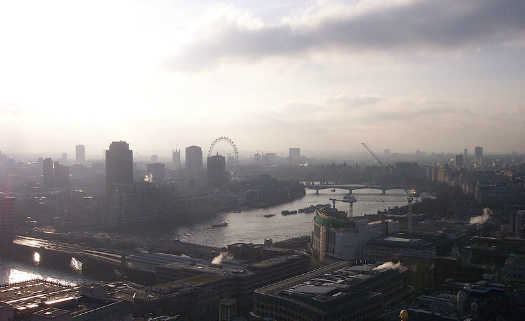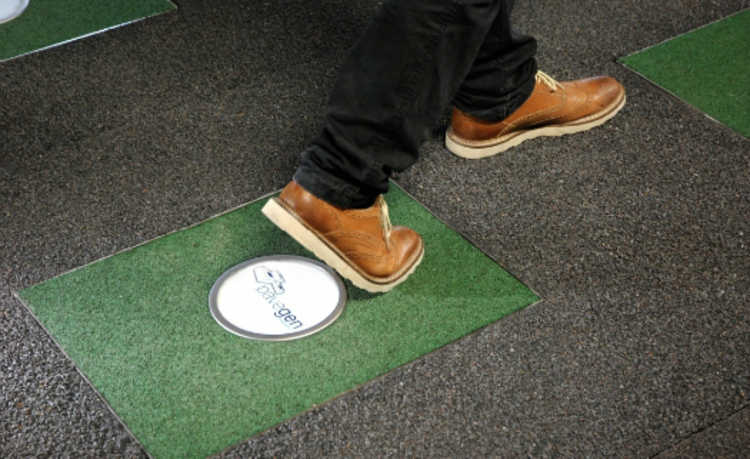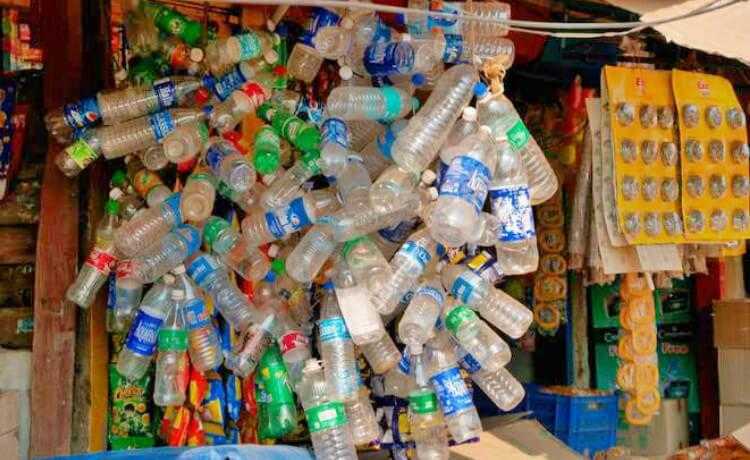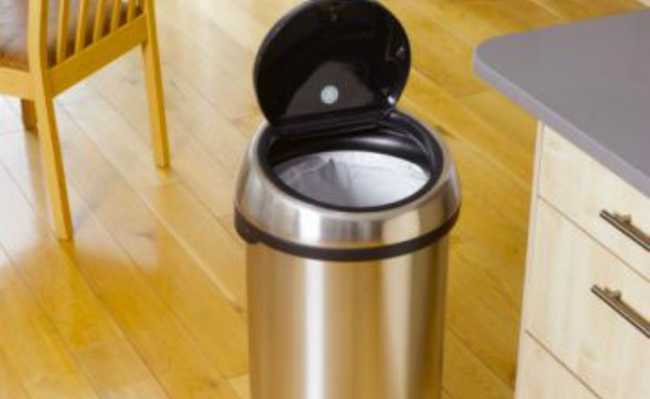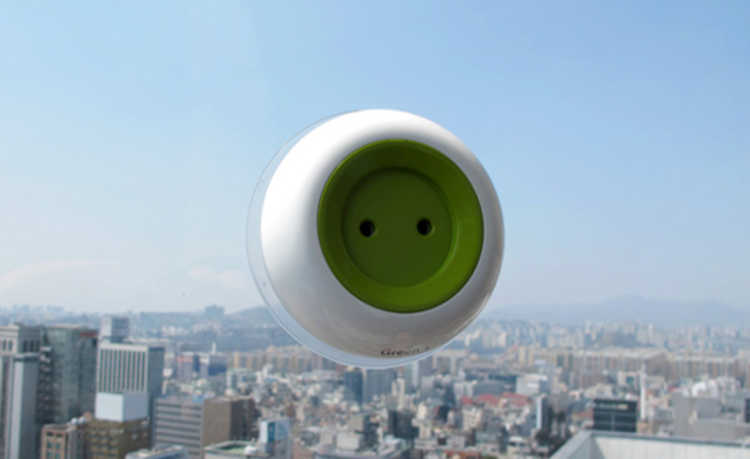Garbage bags for selective collection: which ones to use?
To make the correct disposal, it is necessary to know how to use the proper garbage bags. Understand

Cocoparisienne image by Pixabay
A few minutes of dedication when using garbage bags for selective collection makes a difference in the destination of household waste. That's because, when we pack the waste correctly, we facilitate its transportation, identification and proper disposal. But in order to reduce the problem of garbage in the world, it is not enough to pack the waste correctly, it is necessary to reduce the production of garbage. See how in the article: "Guide on how to reduce household waste: learn how to reduce the waste that goes to common garbage".
Organic
Better than packing food scraps and other organic waste (such as leaves) correctly, is to practice recycling organics at home! Have you ever heard of composting? It is the recycling of food waste that avoids the emission of greenhouse gases and also produces a rich natural fertilizer. To learn more about this topic, check out the article: "What is composting and how to do it.
But, if you do not practice composting yet, the ideal is to pack organic waste separately from the rest of the garbage and in biodegradable bags. There are garbage bags made of biodegradable plastic such as green plastic, PLA plastic and starch plastic. There are also biodegradable plastics made from oxo-biodegradable plastic, but beware, avoid them. Understand why in the article: "Oxo-biodegradable plastic: environmental problem or solution?".
If you use the city's selective collection service, it is necessary to inform yourself if this type of waste goes through the composting process and if the city specifies garbage bag colors for this case. In selective collection, the colors of organic waste bags are usually brown. To learn more about this topic, check out the article: "Colours of selective collection: recycling and its meanings".
Non-Hazardous Recyclables
Non-hazardous recyclables such as paper, glass, plastic (some), aluminum, among others, must be packed in recycled or recyclable non-biodegradable garbage bags. But before that, remember to sanitize them in the most sustainable way possible (preferably with reuse water) to avoid the proliferation of disease vectors and bad smell (which makes transport and handling unpleasant for collection and recycling). If there is broken glass or other material that poses a health risk to workers in the solid waste chain, pack them securely and identify them. Following the colors of the selective collection, it is recommended to pack the paper in blue garbage bags, the glass in green garbage bags, the aluminum in yellow bags and so on. But the colors of selective collection can vary according to the law of each city. Learn more about the colors of selective collection in the article: "Colors of selective collection: recycling and their meanings".
Non-recyclable non-hazardous
A material that is not recyclable today can be recyclable tomorrow. The recyclability of a material is relative. It all depends on the economic feasibility, the tools available at the time or the type of material. However, a lot of things are still not recyclable. In this category are toilet paper, greasy papers and napkins; metallized, waxed or plasticized papers; stickers; hang tags; masking tape; carbon paper; photographs; paper towel; disposable diapers or intimate pads; mirrors, steel sponges, ceramic objects, among others.
What can be done, in this case, is always to reduce the consumption of this type of item, replacing them with non-consumption or the consumption of something similar, but which is recyclable. When it is not possible to stop consuming non-recyclable materials, another alternative is to opt for reuse, and, only as a last resort, disposal. In the latter case, the ideal is to pack the waste in a non-biodegradable recycled or recyclable garbage bag. By the color pattern of the selective collection, the garbage bags for the non-recyclables must be gray. But if you use the city hall's selective collection service, check out the rules for selective collection colors specific to your city. If you have any doubts about what is or is not recyclable, check out the article: "Is it recyclable or not?".
hazardous waste
Hazardous waste presents risks to public health and the environment and therefore requires special treatment and disposal, as they are flammable, corrosive and/or reactive. This category includes leftover paint, hospital supplies, chemical products, fluorescent lamps, batteries, among others.
Even if the city hall does the collection, hazardous waste cannot be placed only in garbage bags and be destined for common garbage, as once discarded in landfills, dumps, tap water (in the case of latex paints, for example) and soils, hazardous waste can cause irreversible damage to environmental and, consequently, human health. In this case, the correct disposal varies for each type of material. Understand this theme better in the articles:
- Know what to do with leftover paints, varnishes and solvents
- Hospital waste: what types and how to dispose of it
- Disposal of expired medications: how and where to dispose of them correctly
- How to dispose of bottles of detergents and cleaning products?
- How to dispose of solvents?
- Where to dispose of fluorescent lamps?
- How to dispose of batteries?
To correctly dispose of your waste, check which collection points are closest to your home on the free search engines at eCycle portal .


